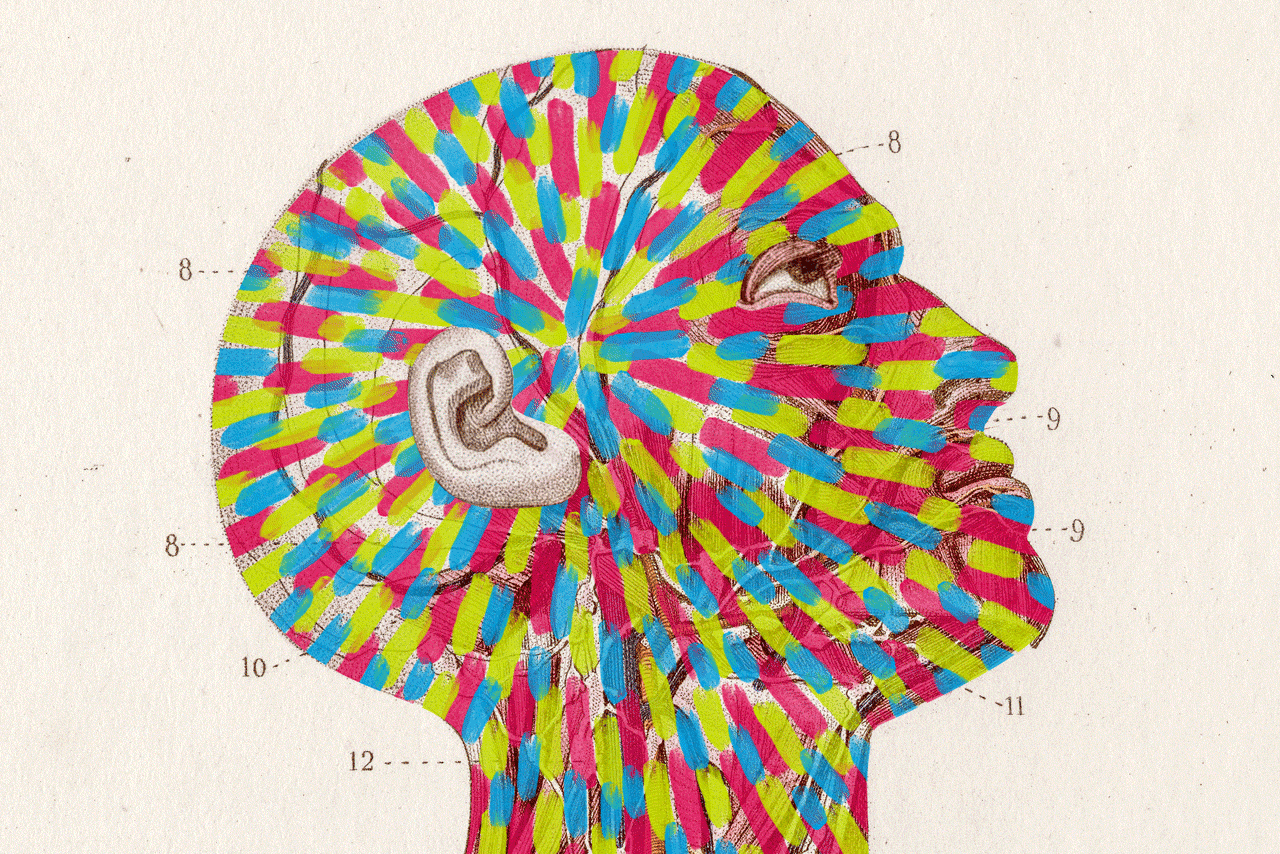Oxford Scientist Studies Eerie Side of Things : Mental Health: Researcher hopes his work involving hallucinations and out-of-body experiences will shed new light on schizophrenia.
- Share via
OXFORD, England — Welcome to the closet of Dr. McCreery. Sit down, relax. Here are your goggles.
“Visualize waves rolling over your body or a walk in the woods,” says a tape in McCreery’s soporific voice. A strong light shines on the goggles, which are fitted with split table-tennis balls for lenses so that users see a blank whiteness. Needles jump and wiggle on the electroencephalograph.
Then comes “pink noise,” sounding like throbbing static.
About 20% of the 40 people who went through Charles McCreery’s treatment reported an out-of-body experience, a feeling of floating free of the body. It’s just what the doctor wanted.
McCreery is no spiritualist or New Age philosopher, but a scientist. In fact, this summer he was awarded Oxford University’s first doctoral degree for studying out-of-body experiences.
He is interested in what happens in the brain during such experiences, which resemble the hallucinations of schizophrenics. The hope is that McCreery’s work will shed new light on that baffling mental illness.
McCreery interviewed 400 people who claim to have had at least one sensation of floating out of their bodies, gazing down at themselves and their surroundings.
“I don’t doubt they experience them. The question is the interpretation. I don’t put a spiritualistic interpretation of the soul getting separated from the mind. It’s a form of hallucinatory experience that occurs in normal people,” said McCreery.
In the spectrum from mental stability to psychoses, McCreery sees his volunteers as very nearly but not completely stable.
He believes out-of-body experiences are fleeting visual hallucinations, much like voices heard by schizophrenics.
The key difference is that his subjects are not mentally ill. Nor do they have any of the other traits of schizophrenics, such as blank expression or difficulty distinguishing reality from illusion.
Dr. Gordon Claridge, a professor of abnormal psychology, was eager to supervise the research because he believes McCreery’s work may offer clues to understand schizophrenia.
“These are healthy people with some traits of schizophrenia,” said Claridge. “It raises the question: Why don’t they develop full-blown schizophrenia?”
The experiments were conducted in a tiny closet-sized room in the third floor of the psychology department.
McCreery said out-of-body experiences seem to be triggered during crises such as surgery, or during deep relaxation.
Of the 400 volunteers interviewed, 168 reported having one episode, 137 had two to five, and 78 had more than five. Seventeen people claimed to be able to “float” at will.
He said the 400 volunteers were no more likely to suffer from mental illness than a control group of 200 people who said they hadn’t had any out-of-body experiences. In both groups, about 10% said they had sought advice for a psychological problem.
For McCreery, the crucial clues were gleaned from EEG studies, monitoring electrical discharges in the brains of 20 subjects who had at least one out-of-body experience and 20 who had not.
In his cramped office, each subject reclined on a pink floral outdoor lounge chair, wearing the modified goggles so that they saw only pure white light as they listened to a relaxation tape.
“When I started I was apprehensive that nothing would happen at all,” said McCreery. “But eight people, that’s 20%, had out-of-body experiences and more than half had other funny experiences. Like one person saw a girl with a pink dress sitting on the end of the lounge chair.”
Of the eight who reported the out-of-body experiences, five came from the group of previous floaters and three had never had such an experience.
McCreery said the EEG recordings showed that those who had out-of-body experiences tended to have greater right brain activity. The right side of the brain tends to deal with visual imaging while the left side is for language, he said.
Though his study is far from conclusive, McCreery suspects that people who have floated are able to relax physically while remaining mentally alert. Perhaps the excitement in the brain provokes visual pictures, like dreams.
Dr. Rodolfo Llinas, a professor at New York University Medical School who studies dreams, said, “The brain can make images; whether an out-of-the-body type dream occurs, I don’t know. But there is a thin line between the type of dreaming one does when asleep and daydreaming.”
McCreery’s early studies, in the 1960s, focused on lucid dreams, in which the sleeping person is aware he is dreaming.
Before entering Oxford, McCreery worked at home at his own Institute of Psychophysical Research. The privately funded institute, founded in 1962, is devoted to exploring “anomalous perceptual phenomena,” such as out-of-body experiences, dreams and apparitions.
McCreery said his colleagues were a bit skeptical at first.
“My supervisor had to put up with ribbing from his colleagues, but basically they grew more tolerant,” he said.
“It’s surprising, even the most hard-nosed psychologists said they had a secret interest (in out-of-body experiences). And several people in the department actually had them.”






